Over 1,000 precious items donated to Hanoi Museum
The Hanoi Museum has received 1,017 documents and items donated by 37 inpiduals and organisations for its permanent display, raising its total listed exhibits to just short of its targeted figure.
 |
Some of the documents and items handed over to the Hanoi museum. (Photo: VNA)
All the documents and items, handed over to the museum on September 12, hold significant cultural value, reflecting the development of Hanoi through various historical periods.
Most of them are related to the daily lives and beliefs of Hanoi’s locals in the early 20th century, along with those collected in wartime and the subsidy period, gathered in trade villages and trade streets of Thang Long-Hanoi.
Nguyen Thi Sinh, 75, a local of Ha Dong district and one of the museum’s donors, said that she gave the museum a hundred-year-old copper betel tray which was handed down to her from older generations.
As traditional bronze casting craft of Hanoi has disappeared, she decided to donate her precious heirlooms so that younger generations can learn about the trade. Additionally, she also gave the museum a number of cooking pots and pans that had been made from recycled airplane parts after the war.
In the ancient Bat Trang pottery village in Gia Lam district, five inpiduals and organisations donated 107 items to the museum.
Artisan Le Van Thu’s family offered 17 pieces of pottery production equipment to the museum. Meanwhile, the management board of the Bat Trang pottery village presented the exhibit with 63 items, photographer Lam Truc Quynh donated 20 documentary photos, Phung Thi Ninh’s family gave three items, and the family of Nguyen Van Manh offered three ancient bricks.
Ha Van Lam, head of the management board of the Bat Trang village, has been a key driver in encouraging locals to donate items to the Hanoi Museum. He believes that supporting the museum in completing its exhibited lists on Bat Trang village must be a shared task between all locals in the village.
Elsewhere, the Van Phuc silk village had three donors who gave the museum items related to traditional silk-making crafts.
The family of late artisan Nguyen Huu Chinh also gave the museum three women’s shirts made of Long Van silk, while President of the Van Phuc Trade Village Association Pham Khac Ha donated one item and Nguyen Xuan De offered three items.
At the event, the museum also received precious items from the management board of the Duong Lam ancient village relic site.
Addressing the ceremony, Nguyen Tien Da, Director of the Hanoi Museum, thanked all the donors, noting that the items have been a good fit for the museum’s plans for 2019.
Representatives of the Hanoi Department of Culture, Sports, and Tourism honoured donors with certificates of merit in recognition of their efforts in maintaining heritage as well as contributing to the museum’s development. The department also called on inpiduals and organisations to continue donating exhibits to the museum.
The Hanoi Museum in the capital city of Vietnam was voted onto a list of the world’s most beautiful museums by the U.S.’ Business Insider newspaper.
Located on Pham Hung Street, the museum’s architecture is particularly entrancing, taking on the form of an upside down pyramid with a spiral staircase inside that brings visitors to each exhibition section.
The building was opened in 2010 to mark the Millennial Anniversary of Hanoi.
On display are over 50,000 artifacts from Hanoi’s thousand-year history and the nation’s history, culture, heritage, and architecture./.
VNF/VNA
Recommended
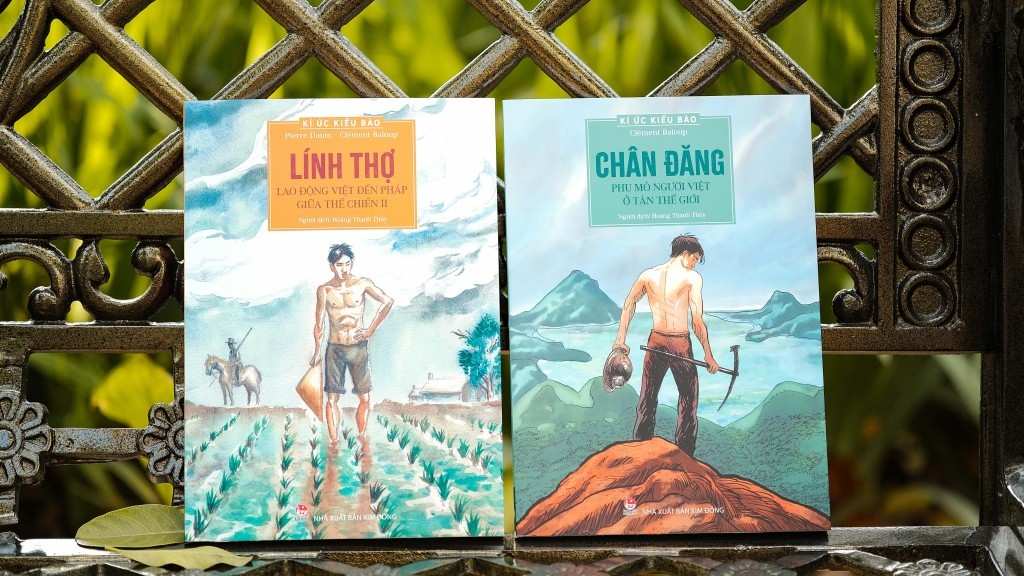 Viet's Home
Viet's Home
French-Vietnamese Author Introduces Book Series "Memories of Overseas Vietnamese"
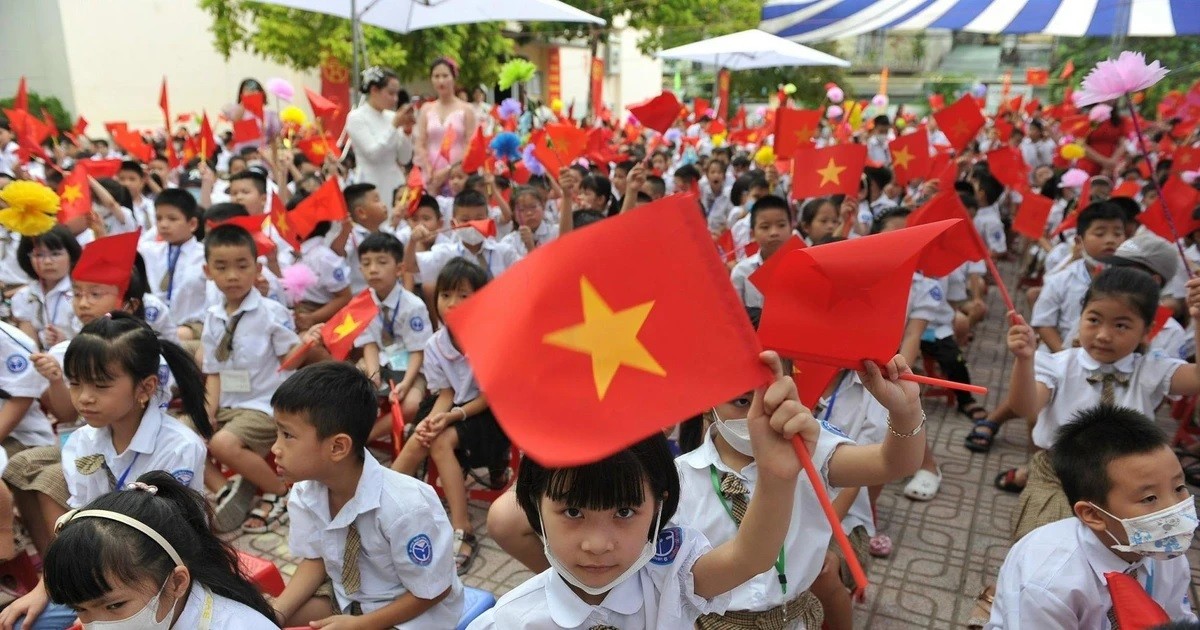 Viet's Home
Viet's Home
Vietnam's Human Development Index Remains High
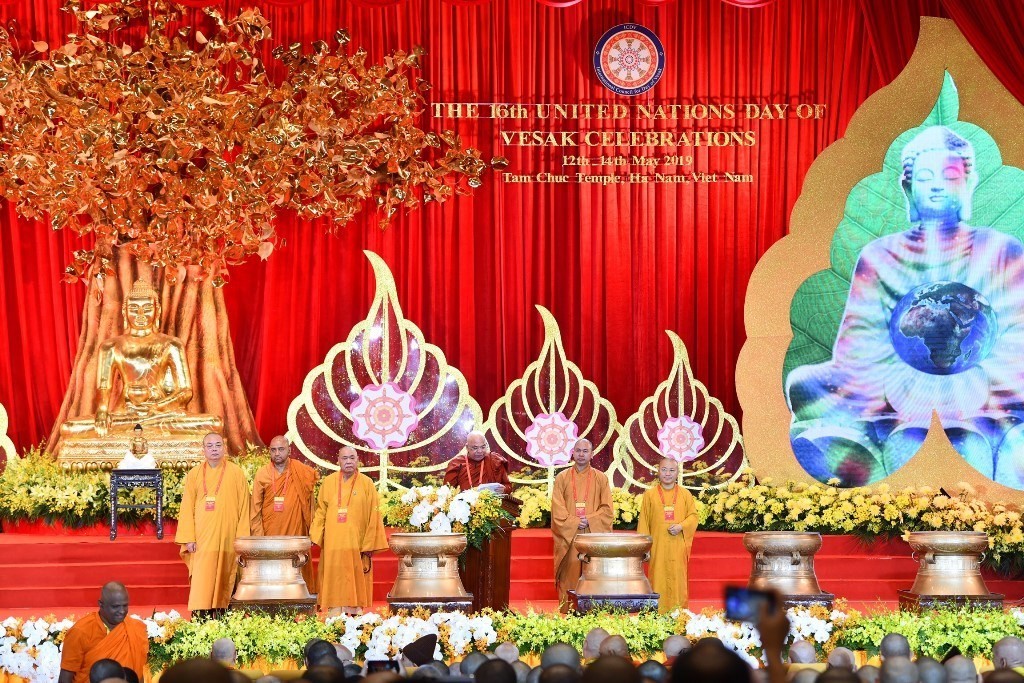 Viet's Home
Viet's Home
Vietnam’s Mark on UN Day of Vesak Celebrations
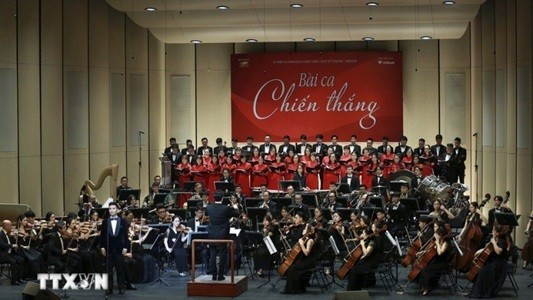 Viet's Home
Viet's Home
Art Program Spreads Message of Peace Worldwide
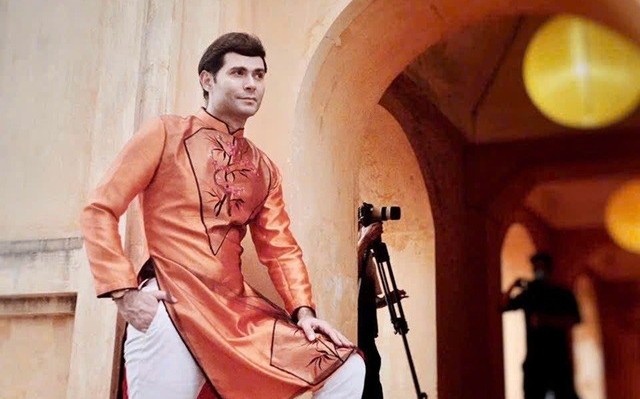 Expats in Vietnam
Expats in Vietnam
Look Forward to New Developments in Vietnam - US Relations
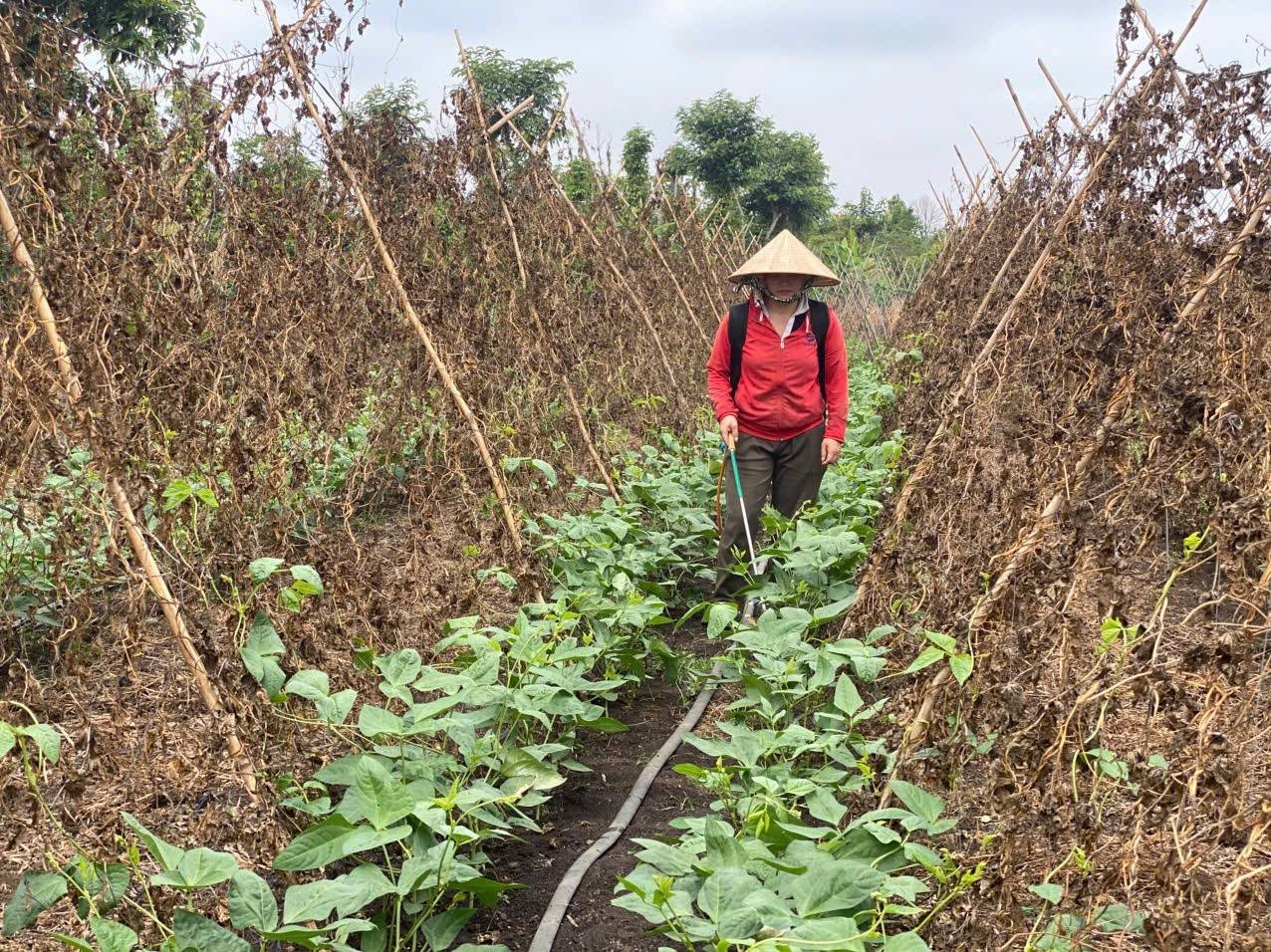 Viet's Home
Viet's Home
She Feeds the World: 8,000 Individuals Adopt More Sustainable Agricultural Practices
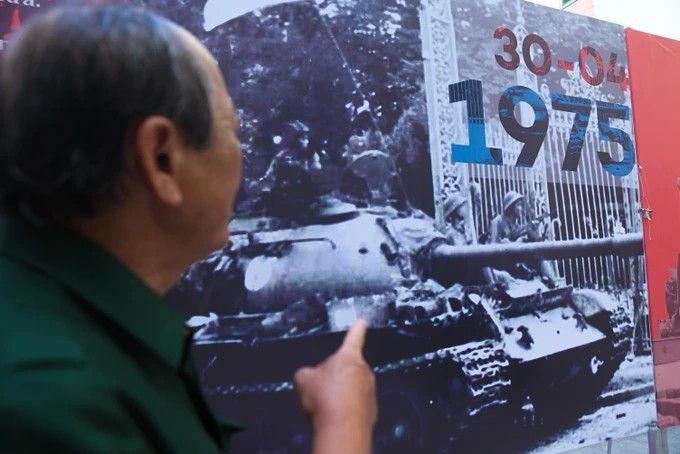 Viet's Home
Viet's Home
Over 200 Valuable Documents Displayed at 'Mountains and Rivers Connected One Strip' Exhibition
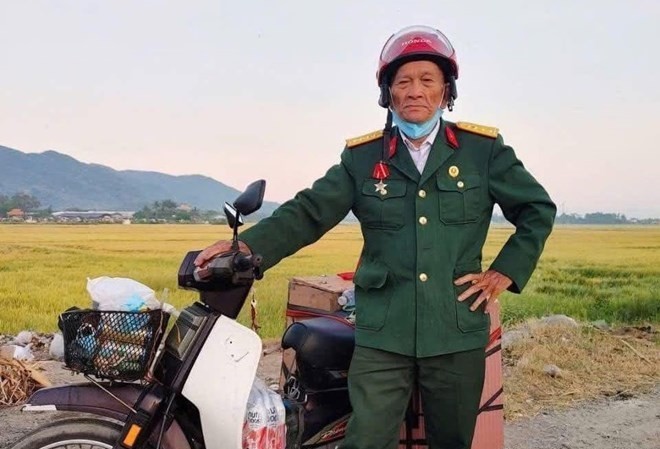 Viet's Home
Viet's Home
